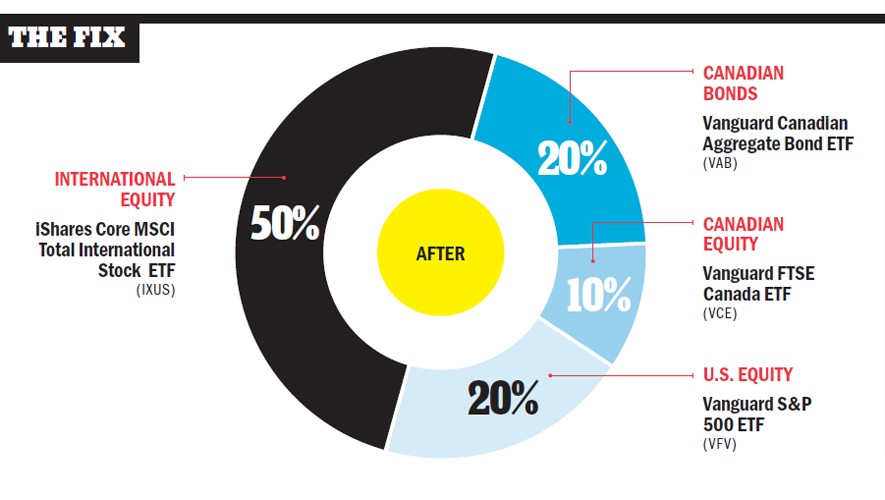Why Your Portfolio Should Include ETF s National investments
Post on: 2 Апрель, 2015 No Comment

Exchange traded funds (ETF’s) have been around for decades but they have grown in popularity significantly over the last ten years. According to a study by McKinsey and Company ETF’s have grown at a compounded annual rate of 30% while mutual funds have grown in the mid-single digits each year over the same period. ETF assets have now reached over $1.5 trillion dollars and are expected to double over the next five years according to an article in Financial Advisor .
So what exactly is an ETF?
An ETF is a fund that is designed to replicate a particular index. It may track the S&P 500 or the Nasdaq or all health care stocks or large dividend paying stocks, growth stocks, mid-cap stocks or small-cap stocks just to name a few. Any index imaginable is likely represented by an ETF available for purchase. Although I managed stock mutual funds for many years, ETF’s are far superior for the individual investor for the following reasons.
First, because they are not seeking to exceed the performance of the index being tracked, ETF’s charge low fees. According to the Nasdaq website, ETF fees typically average around 0.20% compared to over 1.0% for some mutual funds. And low fees are essential to investors who are interested in maximizing total return as I wrote in “Why Investment Management Fees are Investors’ Enemy Number One” on Yahoo.
Second, ETF’s provide investors with flexibility. Vanguard. one of the largest ETF managers and among the low-cost providers, states one of the primary benefits for ETF investors is that they can buy and sell ETF’s throughout the day instead of waiting for the once-daily pricing of traditional mutual funds. Intraday trading allows investors to know exactly what they are paying for the fund when they execute a trade and thereby increases the opportunity to manage their portfolio return.
Finally, ETF’s allow individual investors to lower overall risk by structuring their portfolio to gain exposure to broad groups of stocks without taking specific stock risk. Specific stock risk is the risk an investor takes when buying an individual stock. If an investor has the information and confidence to buy a stock then specific stock risk can be welcome and generate strong returns. (Please see my previous blog post entitled “How to Generate Returns Without Being 100% Right All the Time” in the Arizona Republic .) But when an investor wants exposure to an industry or to small companies (small cap stocks), for example, and they do not have enough information about which is the best company to own then an ETF is ideal. The vehicle provides exposure to a group the investor wants to own and does so while spreading the risk across all the companies in the relevant index.
I use ETF’s to round out my portfolio for all the reasons discussed above. Familiarize yourself with the exchange traded funds available. They will provide flexibility and index level returns at a very low cost.














